# incometaxact
12 posts in `incometaxact` tag
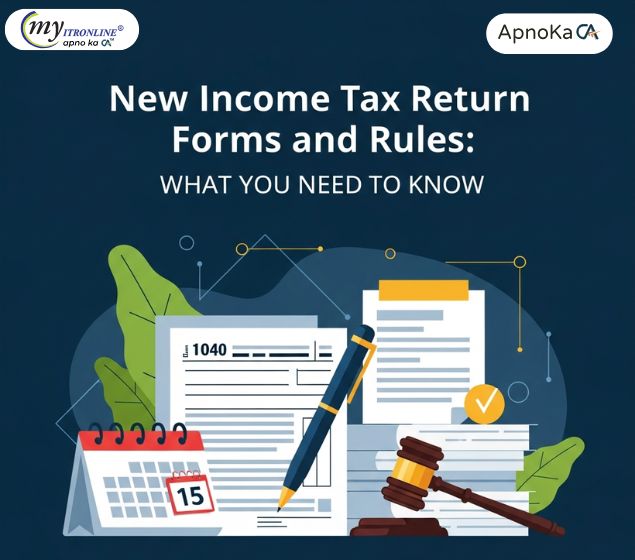
New Income Tax Return Forms and Rules: What You Need to Know
The government is set to introduce simplified income tax return forms under the Income Tax Act, 2025 by January 2026, replacing the long-standing Income Tax Act, 1961. These new forms aim to make tax filing easier, reduce compliance burdens, and improve transparency. Refunds are being processed, with larger claims expected by December 2025. The CBDT is confident of meeting its ambitious ₹25.20 lakh crore direct tax collection target for FY26, supported by strong growth. Taxpayers should prepare for the new system, which takes effect from April 1, 2026.
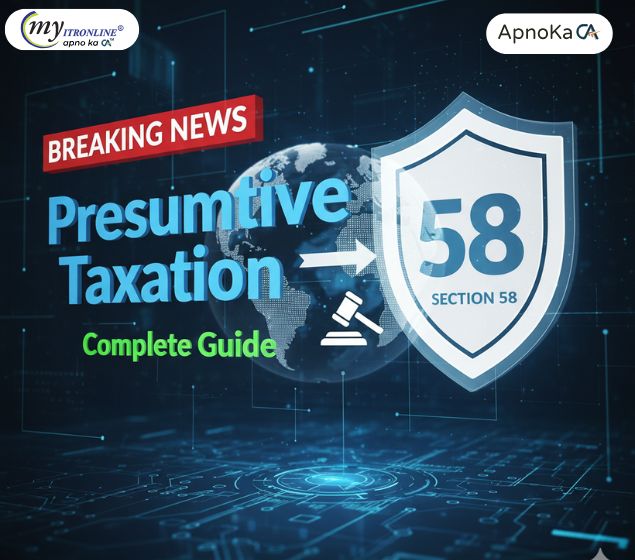
Breaking: Presumptive Taxation Moves to Section 58 - Complete Guide
The Income Tax Act 2025 introduces Section 58, replacing Section 44AD for presumptive taxation of small businesses. This provision applies to eligible assessees with turnover up to ₹2-3 crore, offering simplified tax computation at 6% for digital transactions and 8% for other receipts, or actual profit—whichever is higher. The change promotes digital payments and reduces compliance burden for small businesses while maintaining revenue collection efficiency.
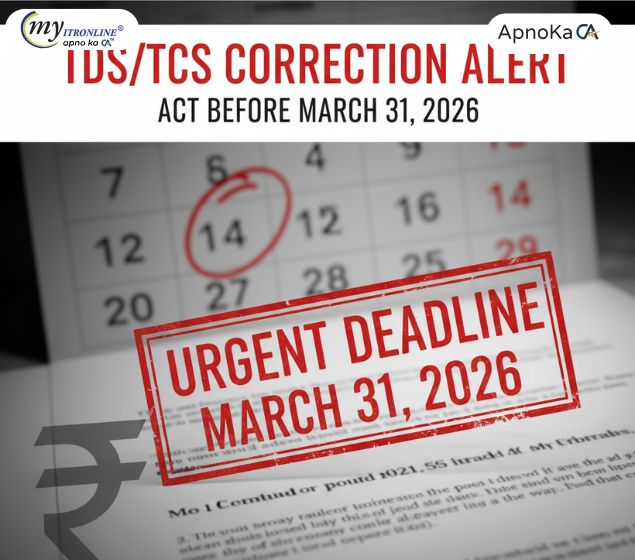
March 31, 2026: The TDS/TCS Correction Deadline You Cannot Miss
The Income Tax Act, 2025 has introduced a crucial change in TDS/TCS compliance: the timeline for filing correction statements has been reduced from 6 years to 2 years. Businesses must file all pending TDS/TCS corrections for FY 2018-19 Q4 through FY 2023-24 Q3 by March 31, 2026. Failure to meet this deadline will lead to automatic recovery proceedings, penalties, and compliance complications. Learn about the key changes, understand the implications for your organization, and discover the immediate steps you need to take to ensure full compliance before the deadline expires.
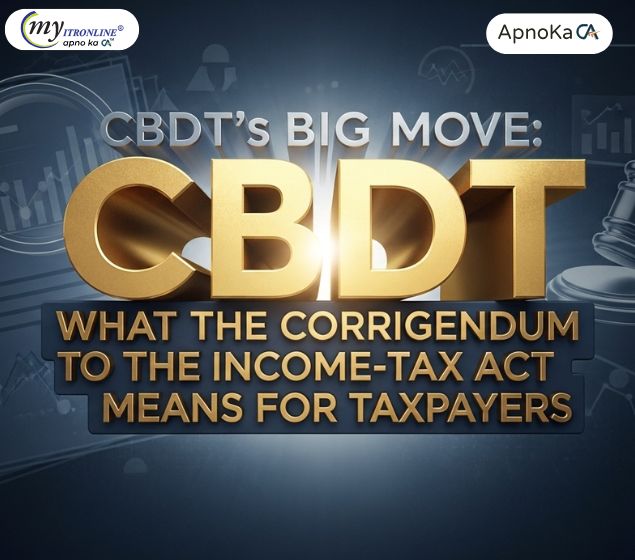
CBDT’s Big Move: Corrective Amendment to the Income-tax Act, 2025
The Central Board of Direct Taxes (CBDT) has issued a significant corrigendum to the recently enacted Income-tax Act, 2025. This blog post delves into the necessity and impact of these corrections, highlighting various typographical, grammatical, and structural fixes. It explains why such legislative "housekeeping" is crucial for legal accuracy and preventing disputes, while also providing context on the broader reforms introduced by the Income-tax Act, 2025, including a simplified structure, unified tax year, and digital-first assessments. The key takeaway emphasizes that while the corrigendum doesn't alter tax policy substance, it ensures the Act is legally sound and ready for smooth implementation, supporting India's goal of a simpler, more transparent tax framework.

CBDT Circular 9/2025: No More 20% TDS Trouble in Property Deals
This blog post explains CBDT Circular No. 9/2025, which clarifies that the higher 20% TDS rate under Section 206AB will not apply to property transactions covered by Section 194-IA. This brings significant relief to buyers and sellers by ensuring a consistent 1% TDS deduction on property sales over ₹50 Lakhs, simplifying compliance and streamlining real estate dealings.
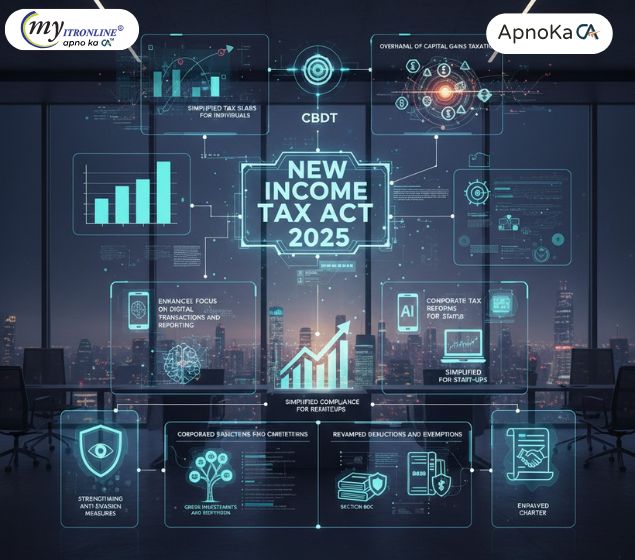
New Income Tax Act 2025: Key Updates from the CBDT
The Central Board of Direct Taxes (CBDT) has announced a significant overhaul of the Income Tax Act, effective from assessment year 2025-26. This blog details the crucial changes, including simplified individual tax slabs, revised capital gains taxation, a stronger focus on digital transactions, corporate tax reforms, revamped deductions and exemptions, enhanced anti-evasion measures, and the introduction of a Taxpayer Charter. Understanding these updates is vital for both individuals and corporations to ensure compliance and optimize financial planning under the new regime.
.jpg)
Goodbye 1961, Hello 2025: India's New Income Tax Act Explained in Simple Terms
This blog post details India's landmark decision to replace the sixty-year-old Income-tax Act, 1961, with the new, simplified Income-tax Act, 2025, which will be effective from April 1, 2026. It breaks down the key changes in simple terms, explaining the reduction in legal complexity, the introduction of a unified "Tax Year," clearer definitions for digital assets, and the move towards faceless, technology-driven tax processes. The post highlights how these changes aim to create a more transparent, efficient, and taxpayer-friendly direct tax system for individuals and businesses across the country.
.jpg)
100% Penalty Alert: Complying with Cash Transaction Limits (269SS, 269T, 269ST)
This blog post provides a comprehensive yet easy-to-understand guide to Sections 269SS, 269T, and 269ST of the Indian Income Tax Act. It explains the rules regarding accepting and repaying cash loans/deposits (above ₹20,000) and receiving cash amounts (above ₹2 lakh) for various transactions. The post emphasizes the severe penalties (100% of the amount) for non-compliance, clarifies exemptions, and details how these transactions are reported in Form 3CD during a tax audit. It concludes with practical takeaways for taxpayers to ensure compliance and avoid issues.
.jpg)
Understanding Interest Under Sections 234A, 234B, and 234C of the Income Tax Act
Sections 234A, 234B, and 234C of the Income Tax Act deal with interest charged for late filing of returns, underpayment, or deferment of advance tax. This blog explains each section in detail with examples and calculations, helping taxpayers stay compliant and avoid extra charge
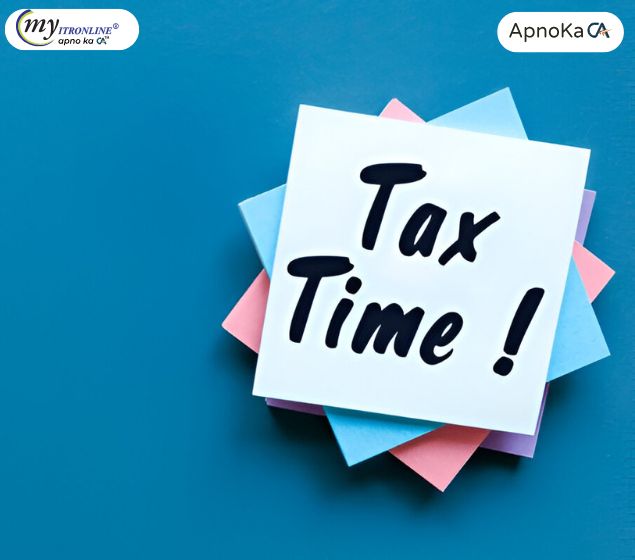
Section 44ADA Explained: Presumptive Taxation Benefits for Self-Employed
This comprehensive guide delves into Section 44ADA of the Income Tax Act, 1961, offering a simplified "presumptive taxation" scheme for eligible self-employed professionals. Discover who qualifies, how to calculate your taxable income at a minimum of 50% of gross receipts, and the significant benefits like exemption from detailed bookkeeping and tax audits. Learn about crucial compliance aspects, including advance tax and the increased ₹75 Lakhs gross receipts limit, to make informed decisions for smarter tax planning and effortless compliance.
.jpg)
Circular No. 5/2025: Comprehensive Guide on Interest Waiver for TDS/TCS Delays
Circular No. 5/2025 offers support by canceling interest on delays in TDS/TCS as per Sections 201(1A)(ii) and 206C(7) of the Income-tax Act. This blog outlines who is eligible, the steps to apply, and the ways taxpayers can gain from this relief.
.jpg)
Section 142(1) Income Tax Notice: Why You Received It & How to Respond
This blog offers a comprehensive explanation of Section 142(1) of the Income Tax Act, 1961, detailing the reasons for the issuance of notices, the appropriate ways to respond, and the repercussions of failing to comply. Discover how to effectively handle tax notices and maintain adherence to tax regulations.
